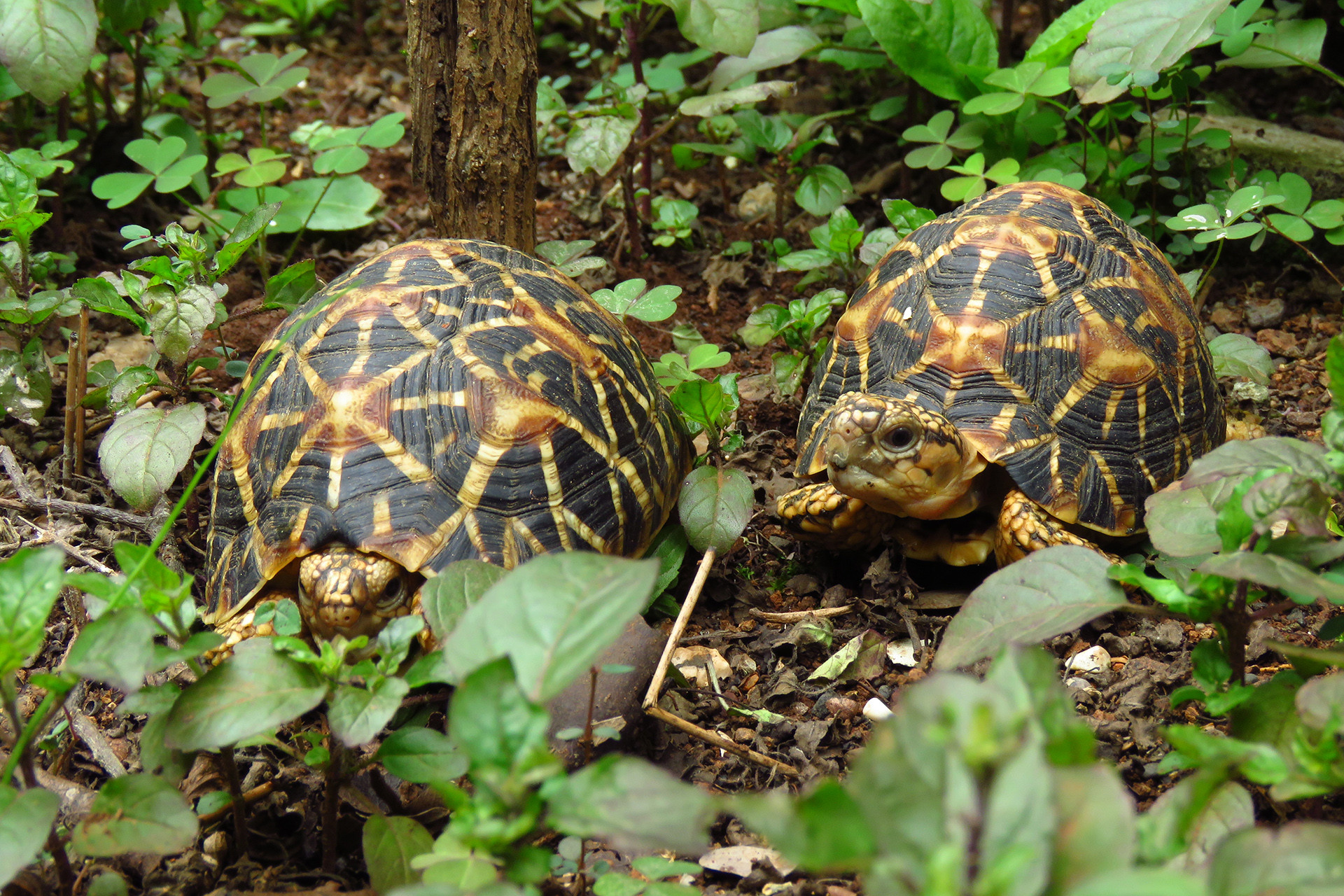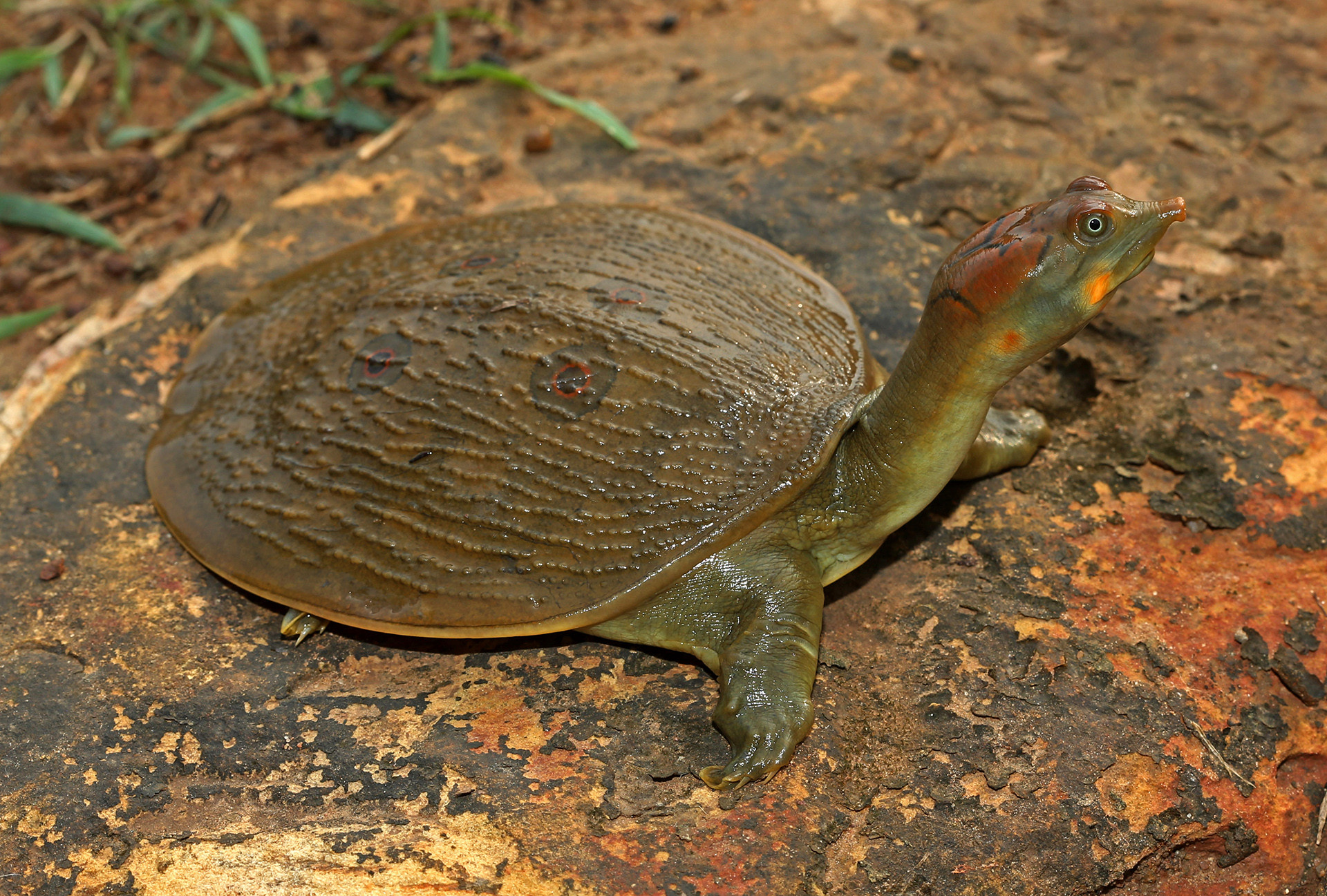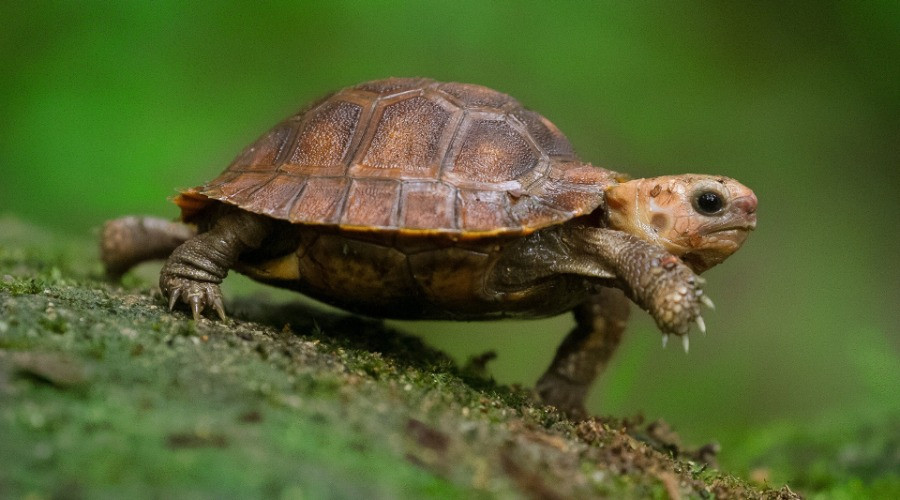Help! I found a turtle.
By Sneha Dharwadkar | Rhea Arya
Monsoon is in full swing, and you may come across a turtle or two crossing a road, walking in your backyard, foraging in the park where you went jogging or merely hanging out in the forest. Freshwater turtles and tortoises are more common than their popular cousins, the sea turtles. There are 29 species of freshwater turtles and tortoises spread across the Indian subcontinent, found in or near ponds, lakes, rivers, and other freshwater bodies and terrestrial ecosystems. However, the distribution of India’s freshwater turtles and tortoises is largely understudied.
More than 70 per cent of India’s freshwater turtles and tortoises fall under the various threatened categories on the IUCN Red List. They face a multitude of threats ranging from habitat loss and fragmentation, pollution to being slaughtered in the meat markets or smuggled for the illegal pet trade.

Indian Star Tortoise; Photograph: Sneha Dharwadkar
Have you ever encountered a turtle in the wild?
If you come across a turtle or a tortoise and are tempted to pick it up and bring it to your home, think again. Many well-meaning people pick up turtles from their natural habitats because they want to keep it safe. But we want to remind you that your home is not a turtle's or a tortoise's natural habitat. Turtles belong in their ecosystems, not in your homes. Poor husbandry and food choices will often cause permanent shell damage. If you see a turtle and you think it needs to be rescued, contact your local wildlife organisation or forest department. Do not bring the turtle home.

Leith's Softshell Turtle; Photograph: David Raju
How can you help?
You need not own expensive cameras to contribute to citizen science. If you are an individual with a smartphone, hey, you can help! So if you ever encounter a turtle, whether, in the wild or your backyard, we encourage you to click a picture, even if it is something as basic as a record shot and to upload them on citizen science websites like FTTI with details such as the location and date instead of uploading them on your social media platforms alone.
And, if you have come across these animals in the past and their photographs are sitting in your archives, then now would be a good time to let them see the light of day! Put them out there and let this exchange of information help document these lesser-studied organisms. Freshwater ecosystems are being destroyed as you read this and these beautiful animals need our help now more than ever.
Cover image of a Travancore Tortoise by Daniel Raju
